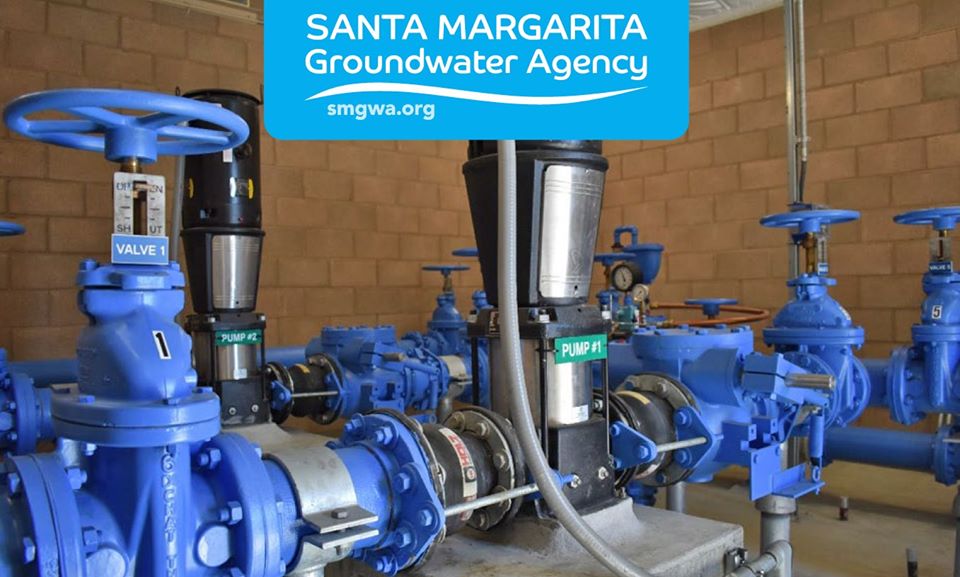Santa Margarita Groundwater Agency’s July Board meeting was held Thursday, July 23. The meeting, including public comment and participation on agenda items, again was conducted via all-remote, web- and phone-based access due to the coronavirus outbreak.
The draft Communications and Public Engagement Plan (C&E Plan) was presented to the Board for consideration. The document, developed by Miller Maxfield, Inc., is designed to be a tool to assist SMGWA in its efforts to inform and engage the public about the development of the Groundwater Sustainability Plan (GSP) and is intended to be updated over the course of the GSP development period. The C&E Plan includes a roadmap for GSP development and provides SMGWA Board members and staff with a guide to ensure consistent messaging about Sustainable Groundwater Management Act (SMGA) requirements.
The C&E Plan supports the following goals:
- Provide opportunities to educate local stakeholders about SGMA.
- Articulate strategies and channels to obtain ongoing stakeholder input to inform GSP development.
- Increase awareness and understanding among stakeholders of the challenges and opportunities that SMGWA faces to achieve and maintain groundwater sustainability.
- Increase engagement among stakeholders in support of the GSP development.
The Board also received a presentation from Balance Hydrologics, Inc. about how surface water relates to the groundwater in Santa Margarita Groundwater Basin. SGMA requires the identification of the interconnected surface waters, priority species and Groundwater Dependent Ecosystems (GDE). GDEs comprise open waters, river and riparian areas, springs, and other wetlands such as quarry floors.
The Santa Margarita Aquifer is the main contributor to groundwater and surface water interactions in the basin, relative to the three other aquifers. SMGWA must assess the rate of depletion of surface water and determine if that rate is causing a significant and unreasonable negative impact to priority species and GDEs.
Surface water streams can be gaining or losing, meaning they contribute to groundwater or draw from groundwater to maintain flow. A valuable early step in assessing GDEs is to quantify the amount of water that would be in the streams if no groundwater were pumped. However, the impact of pumping on stream flow can be difficult to assess. Higher sustained base flow likely provides better environments for priority species to survive. Examples of priority species include steelhead trout, Coho salmon, lamprey fish, California red-legged frog, Chorsis popcorn flower and San Francisco popcorn flower.
As a required element of the GSP, the SMGWA Board must set minimum thresholds for depletion of interconnected surface water, as well as measureable objectives to ensure sustainability. The Board provided input that will be used to develop a draft statement of significant and unreasonable conditions for this sustainability criteria.
The next SMGWA Board of Directors meeting will be held Thursday, August 27 at 5:30 p.m. More information at www.smgwa.org.

